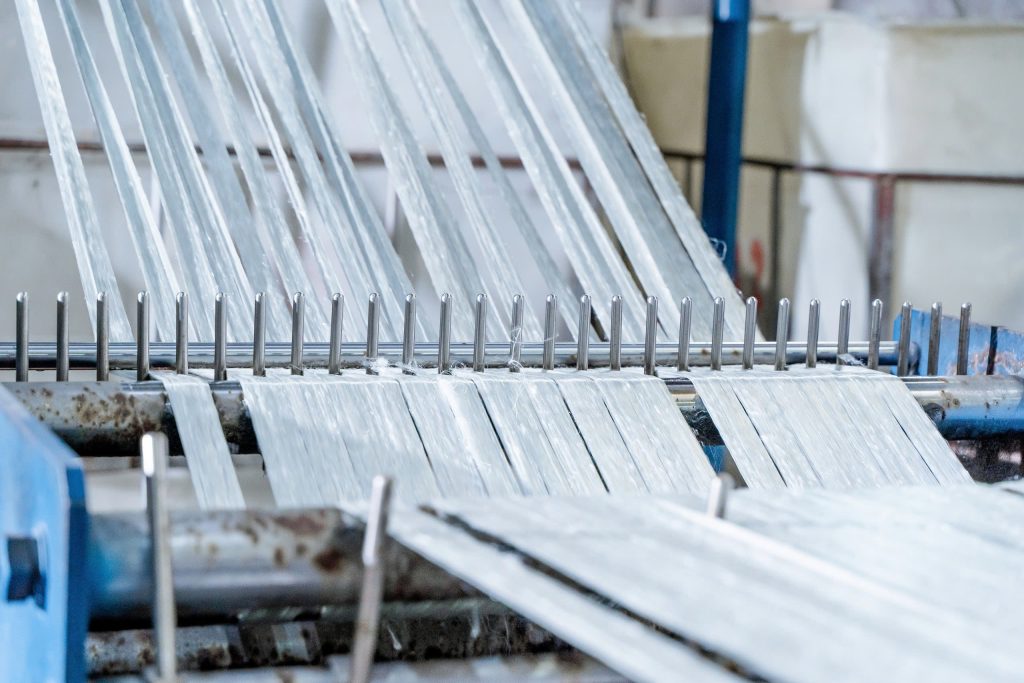Polyester Staple Fiber (PSF) is a widely used synthetic fiber known for its versatility and cost-effectiveness. As one of the most common fibers used in the textile and non-woven industries, PSF has found applications in everything from clothing to automotive interiors and home furnishings. In this article, we will explore the different types of PSF, their applications, and the current trends shaping the polyester staple fiber market.
Types of Polyester Staple Fiber
- Virgin Polyester Staple Fiber
Virgin PSF is made from raw petrochemicals and is the purest form of polyester fiber. It is commonly used in the textile industry for making yarns, fabrics, and garments. Virgin PSF offers high strength, durability, and consistency in quality, making it ideal for applications requiring superior performance, such as sportswear, outdoor fabrics, and industrial textiles. - Recycled Polyester Staple Fiber
Recycled PSF is produced from recycled PET bottles and other polyester waste materials. It is gaining popularity due to growing environmental concerns and the push for sustainable materials. Recycled PSF is used in a wide range of applications, from home furnishings and insulation materials to apparel and automotive components. While it offers a more eco-friendly option, the quality and performance of recycled PSF may vary depending on the source materials. - Hollow Polyester Staple Fiber
Hollow PSF is a type of fiber that contains hollow sections, making it lightweight and insulating. This fiber is mainly used in filling materials for pillows, cushions, mattresses, and sleeping bags. Its hollow structure allows it to trap air, providing excellent insulation and softness. Hollow PSF is also used in thermal insulation products and soundproofing materials. - Low Melt Polyester Staple Fiber
Low melt PSF is a special type of fiber that melts at a lower temperature compared to regular PSF. It is often blended with other fibers to create non-woven fabrics that require thermal bonding. Low melt PSF is commonly used in the production of automotive interiors, geotextiles, and various non-woven applications where strong bonding is required without the use of adhesives.
Applications of Polyester Staple Fiber
The versatility of PSF makes it a go-to material for numerous industries. In textiles, PSF is used to produce a variety of fabrics, including knitwear, upholstery, and industrial textiles. The fiber is also widely used in the production of non-woven products such as wipes, filters, and geotextiles. In the home furnishing industry, PSF serves as the primary material for stuffing in pillows, mattresses, and furniture upholstery.
Market Trends and Sustainability
The PSF market is experiencing significant growth due to the increasing demand for sustainable and cost-effective materials. Recycled PSF, in particular, is seeing a surge in demand as brands and consumers alike prioritize eco-friendly alternatives. The global shift toward sustainability is expected to drive further innovation in the recycling of polyester and the development of biodegradable fibers.
Additionally, advancements in production technologies are helping manufacturers enhance the quality and performance of PSF while reducing its environmental footprint. Companies are investing in more efficient processes that use less water and energy, as well as technologies that improve recycling capabilities.
As the demand for PSF continues to rise across various sectors, from fashion to automotive and home furnishings, its role in supporting sustainability and cost-effectiveness will likely remain central to future developments in the fiber industry.


